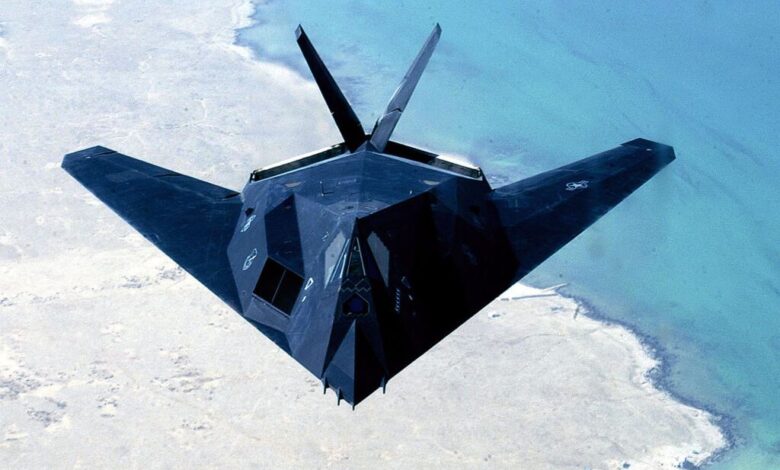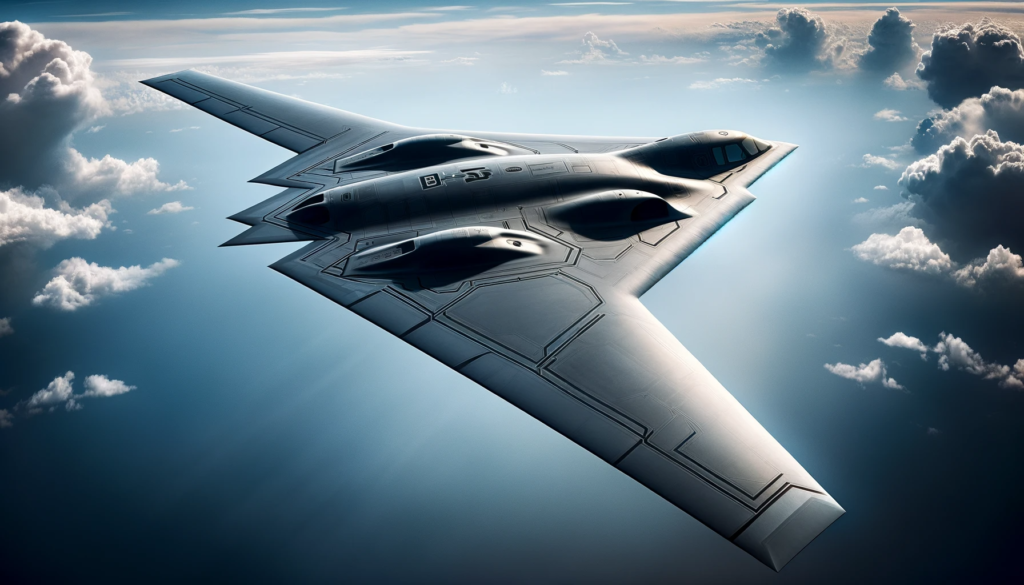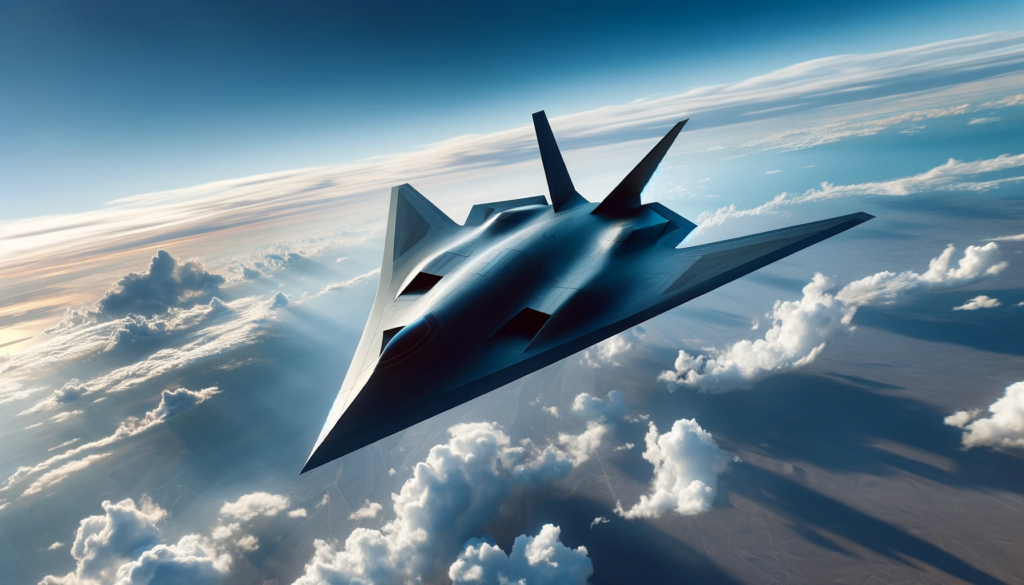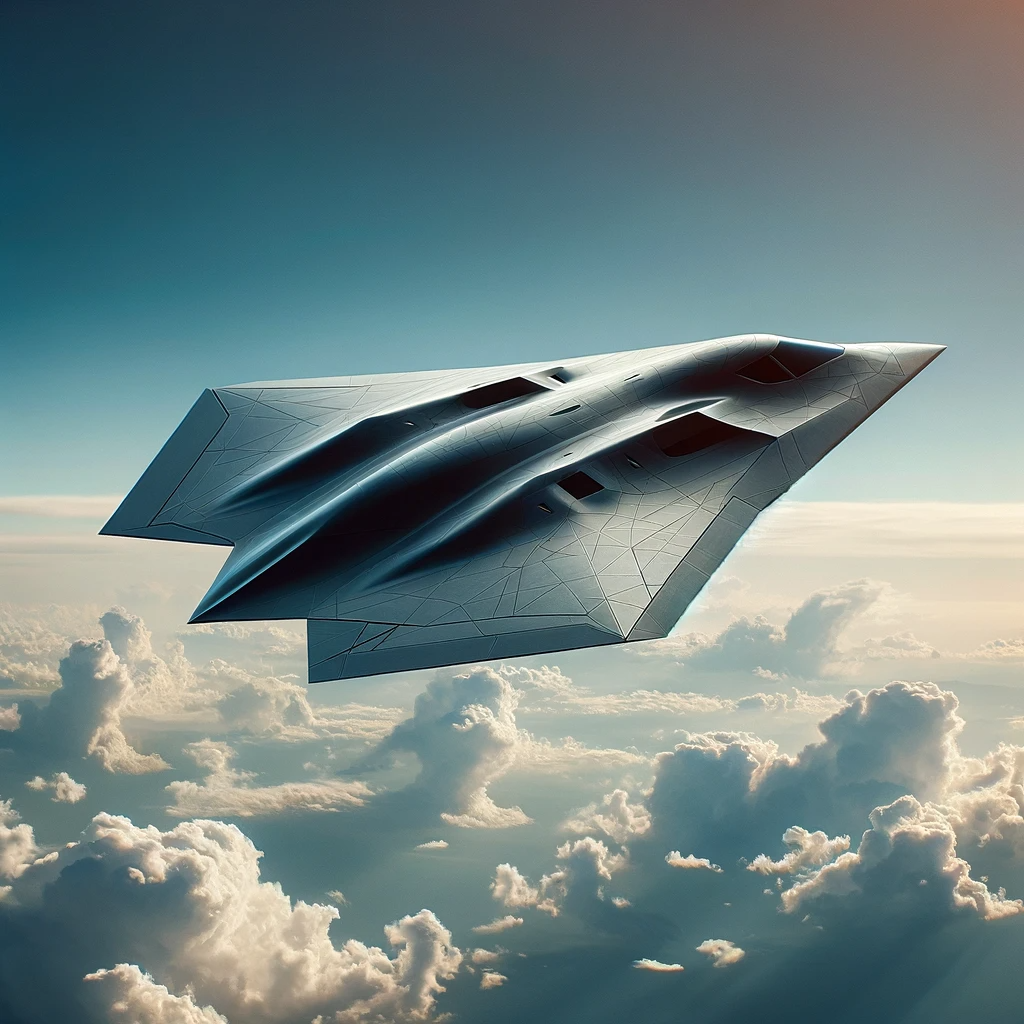Grasping Stealth Technology: Art of Invisibility in Modern Warfare

Understanding Stealth Technology
In the ever-evolving landscape of modern warfare, stealth technology has emerged as a game-changing factor. This sophisticated technology, designed to make aircraft, ships, submarines, and missiles nearly invisible to radar, infrared, sonar, and other detection methods, has transformed military tactics and strategies worldwide. In this comprehensive blog, we’ll delve deep into the world of stealth technology, exploring its history, mechanisms, applications, and future prospects . Understanding Stealth Technology

The Genesis of Stealth
Historical Overview
Stealth technology’s roots trace back to the early 20th century, with initial concepts focusing on reducing the visibility of ships. However, it wasn’t until the Cold War era that significant advancements in stealth aircraft were made, notably with the development of the Lockheed F-117 Nighthawk, the world’s first operational stealth aircraft.
Pioneers in Stealth
Key figures in the development of stealth technology include engineers like Denys Overholser, who applied the mathematical theory by Russian scientist Pyotr Ufimtsev to reduce radar reflectivity. This theory laid the foundation for modern stealth technology.
The Science Behind Stealth
Radar and Infrared Evasion
Stealth technology primarily revolves around minimizing an object’s radar cross-section (RCS) and infrared signature. This is achieved through a combination of specialized materials, which absorb radar waves, and angular designs that deflect radar waves away from the source.

Acoustic and Visual Stealth
For submarines, stealth involves minimizing noise levels to evade sonar detection, while visual stealth, though less common, involves reducing the visual detectability of an asset.
Example of Stealth Technology: The Lockheed F-117 Nighthawk
One of the most iconic examples of stealth technology is the Lockheed F-117 Nighthawk, often considered the first operational aircraft designed around stealth technology. Introduced in the 1980s and used extensively in the Gulf War, the F-117 is a prime example of stealth technology applied to military aviation.
Design Features:
- Angular Surfaces: The F-117 has a distinctive faceted design. Its flat, angular surfaces were designed to scatter over 99% of radar waves away from the radar emitter, significantly reducing its radar cross-section (RCS).
- Radar-Absorbent Material (RAM): It is coated with special materials that absorb radar waves, further reducing its visibility to radar.
- Heat Signature Reduction: The F-117’s engines are buried deep within its fuselage, with exhausts vented above the wing surfaces, reducing its infrared (IR) signature.
- Reduced Acoustic Signature: The aircraft’s design and flight operations were also tailored to minimize noise, making it harder to detect acoustically.
Operational Use:
- Precision Bombing: The F-117 was primarily used for precision bombing missions. Its stealth capabilities allowed it to infiltrate heavily defended airspace without being detected by conventional radar.
- Night Operations: Typically, it operated at night to enhance its stealthiness, leveraging the cover of darkness to reduce visual identification.

Design and Materials
Aircraft and Vessels
Stealth aircraft like the B-2 Spirit and F-22 Raptor feature unique, angular designs that scatter radar waves. Stealth ships, such as the Zumwalt-class destroyer, use similar principles in their structure.
Advanced Materials
The use of materials like radar-absorbent paint and composites containing carbon fiber plays a critical role in enhancing stealth capabilities.
Applications in Military Operations
Air Warfare
Stealth aircraft have become integral in modern air forces, capable of conducting surveillance and precision strikes with minimal detection.
Naval Warfare
Stealth technology in naval vessels allows for covert operations and improved survivability in hostile environments.
Ground and Other Applications
While less common, stealth technology is also being explored in ground vehicles and missile systems.

Challenges and Limitations
Cost and Maintenance
The development and upkeep of stealth assets are incredibly costly and require significant resources and expertise.
Counter-Stealth Technologies
Advancements in radar and other detection methods continuously challenge the effectiveness of stealth technology.
The Future of Stealth
Emerging Technologies
Developments in metamaterials, plasma stealth, and other cutting-edge technologies promise to advance stealth capabilities further.
Ethical and Strategic Implications
The proliferation of stealth technology raises questions about the future of warfare and international security dynamics.

Stealth technology represents a fascinating intersection of science, engineering, and military strategy. As it continues to evolve, it will undoubtedly play a pivotal role in shaping the future of defense and warfare. From its historical roots to its modern applications and future potential, stealth technology remains a crucial, albeit hidden, force in global military power.
FOR MORE- https://thescienceman.com/skyward-evolution-the-making-of-the-fufa-6th-gen/




